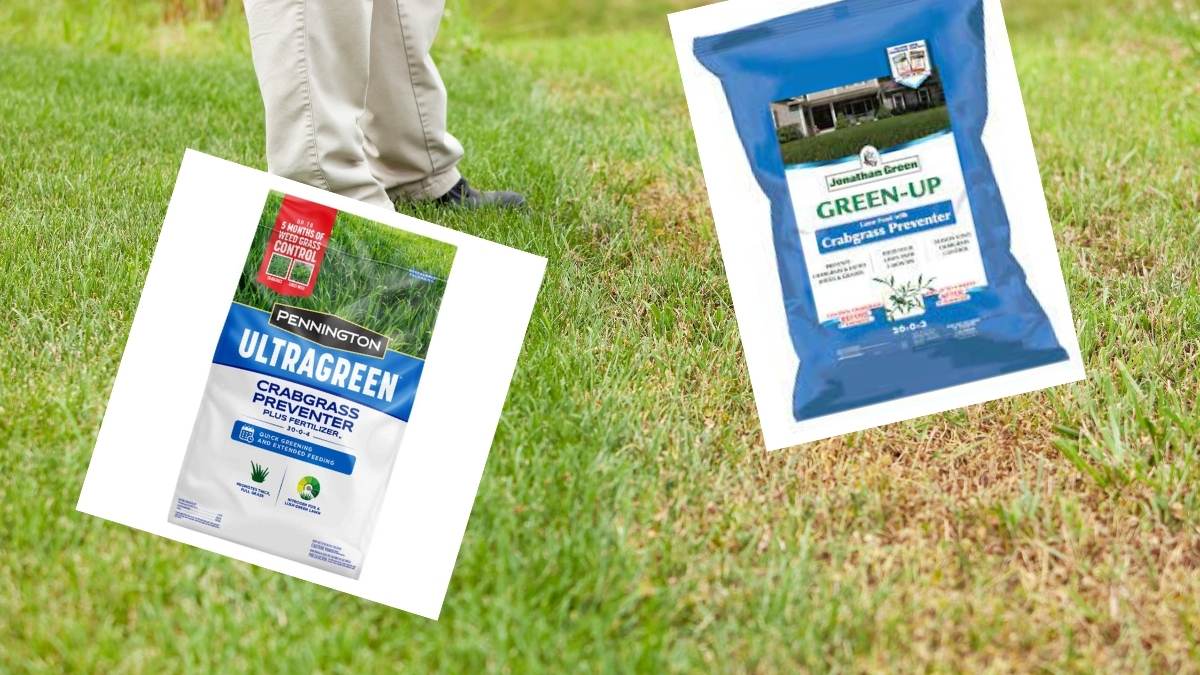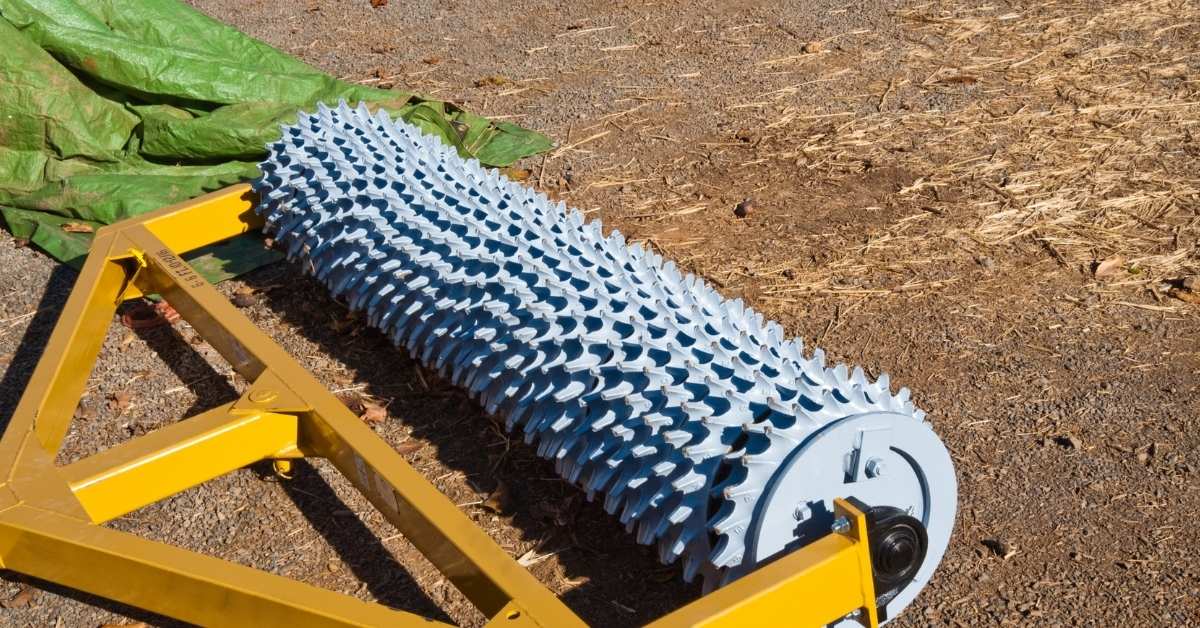The arrival of warmer temperatures in March brings our attention to various aspects of lawn and garden care, with one specific concern being the control of crabgrass through the application of pre-emergent fertilizers. In this article, we will explore the proper techniques for applying a crabgrass preventer to ensure a healthy and weed-free lawn during the spring and summer months.
These warmer temperatures in March have really brought to light a number of items that we might need to look at really closely with respect to our lawns and gardens. One area, in particular, is crabgrass and applying a pre-emergent fertilizer. Here is how to apply a crabgrass preventer for your lawns in March.
The weather we are experiencing now in the midwest is similar to the normal weather in the southeast. As a result, I wanted to check out some articles on this topic. I came across this one article in particular and found the information to be very informative, “Lawn – Timing Pre-emergent Herbicide.”
Walter Reeves uses the acronym I.T.Y.S (I told you so). His advice on applying for a pre-emergent is typically March 15th and September 15th. The key is timing. It would be best if you used the pre-emergent before the crabgrass seeds germinate. Mr. Reeves also is not opposed to a second application in May.

How to apply a crabgrass preventer for your lawns in March
His basis for these two dates is the soil temperature.
Crabgrass seed, you see, germinate when spring soil temperatures tend upwards from 50 degrees F. Weed scientists use 52 degrees F. at one-half inch deep as the trigger point for their application of pre-emergence herbicide.
This brings me back to those soil temperature maps. If you look closely, most areas are already above the 50-degree mark. I have started to see some grass and weeds coming in around my house. If you are like me, the timing seems incredibly early, but with a lack of moisture this winter and above-average temperatures, it appears that our lawns may be in for a long battle to get established—something to think about.
Controlling Crabgrass Organically
Thinking about controlling crabgrass organically.
Check out this Video: How to Control Crabgrass Organically
Here are some steps that the video points out:
- Keep lawn 3 inches high when mowing. Crabgrass grows better in areas where the lawn is thin and low.
- Pull crabgrass by hand to get rid of current weeds
- Spread mulch over the spot where cab grass has been pulled to prevent further seedlings from growing.
- Use organic products that contain soybean oil and vinegar to help eliminate future crabgrass.
- Water deeply and less frequently. Crabgrass grows best in conditions where moisture is consistently present.
Conclusion:
With the arrival of warmer temperatures, addressing the threat of crabgrass becomes a priority for homeowners and garden enthusiasts alike. Applying a pre-emergent herbicide at the right time can make a significant difference in maintaining a healthy and lush lawn. By following Walter Reeves’ expert advice and considering a second application in May, you can proactively combat the growth of crabgrass and enjoy a beautiful, weed-free lawn throughout the season.

